Abdominoplasty or Tummy Tuck
The purpose or goal of abdominoplasty is to remove excess skin of the abdomen and tighten the anterior abdominal wall. There are several different types of tummy tucks based on the location and amount of excess abdominal skin. There is a horizontal tummy tuck where the incision is placed horizontally across the lower abdomen wall. There is a vertical abdominoplasty where the incision is from the center of the chest underneath the breastplate to the belly button and then to the pubic region. There is a combination of the horizontal and vertical tummy tuck, resulting in a procedure called the fleur de lis. There is a reverse tummy tuck where the incision is placed underneath the breast, and the tummy is pulled upwards instead of downward. Most weight loss patients have distension of the rectus abdominis muscles, and many patients have separation of the rectus muscles or rectus diastasis. During an abdominoplasty, the muscles are brought back together, imbricated, and enveloped into the abdomen. Some plastic surgeons term this a corset abdominoplasty. Sometimes the tummy tuck is covered by your insurance if you can prove that you have constant refractory rashes of your anterior abdominal wall. Also, the likelihood of the insurance approving the procedure is dependent on the quality of your health insurance and the ability for you to prove that your excess skin and fat of the abdomen interferes with your activities of daily living. The abdominoplasty is performed under general anesthesia on an outpatient basis. After the tummy tuck surgery, you will be expected to wear a compression garment over the abdomen for a minimum of six weeks. The recovery is approximately two to three weeks after an abdominoplasty. You should be able to return to a sitting job two to three weeks after an abdominoplasty. You should be able to return to light activity approximately two to three weeks after an abdominoplasty. Heavy lifting may require an extended recovery of four to six weeks. Most of the swelling is gone after an abdominoplasty after about six to eight weeks. Most patients have some associated pain, which is usually easily managed with narcotics. The pain usually lasts one to two weeks. Drains are typically placed during a tummy tuck and are usually removed approximately one to two weeks after your tummy tuck. Removal is dependent on drain output. You may begin sexual relations (if you wish) three to four weeks after your abdominoplasty. If you have swelling in the anterior abdominal wall you may need massages, but usually, this is not required. Once the tummy tuck incision has healed and there is no drainage, you should apply silicone ointment as well as silicone strips to the incision to minimize scarring.
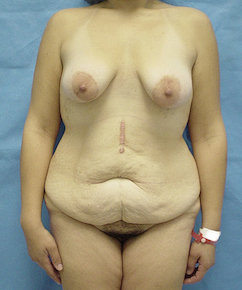
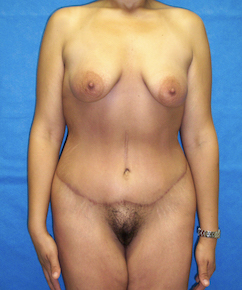
Before: Tummy Tuck Front View After: Tummy Tuck Front View
(Courtesy J. Timothy Katzen, MD)
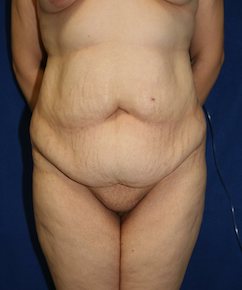
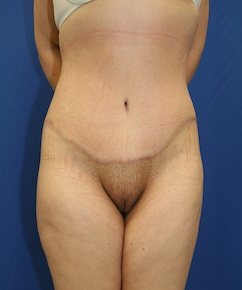
Before: Tummy Tuck Front View After: Tummy Tuck Front View
(Courtesy J. Timothy Katzen, MD)
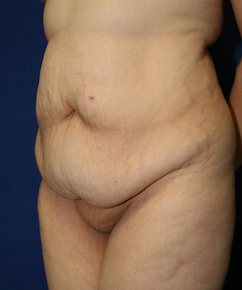
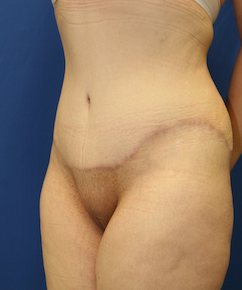
Before: Tummy Tuck QL View After: Tummy Tuck QL View
(Courtesy J. Timothy Katzen, MD)
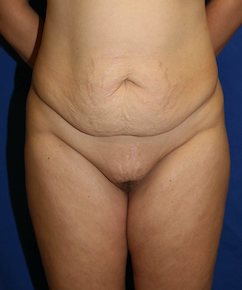
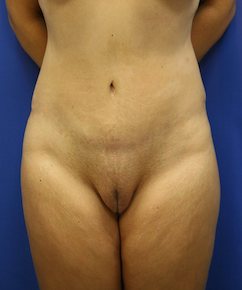
Before: Tummy Tuck Front View After: Tummy Tuck Front View
(Courtesy J. Timothy Katzen, MD)
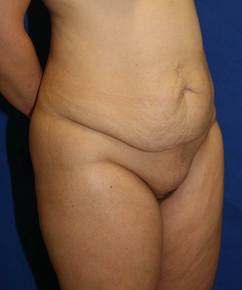
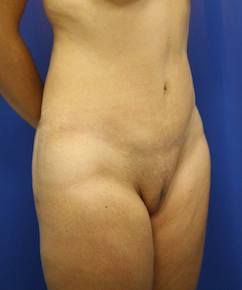
Before: Tummy Tuck QR View After: Tummy Tuck QR View
(Courtesy J. Timothy Katzen, MD)
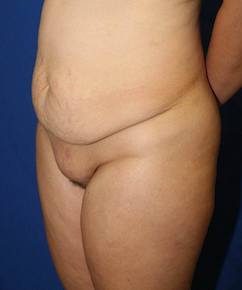
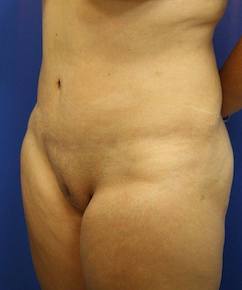
Before: Tummy Tuck QL View After: Tummy Tuck QL View
(Courtesy J. Timothy Katzen, MD)
